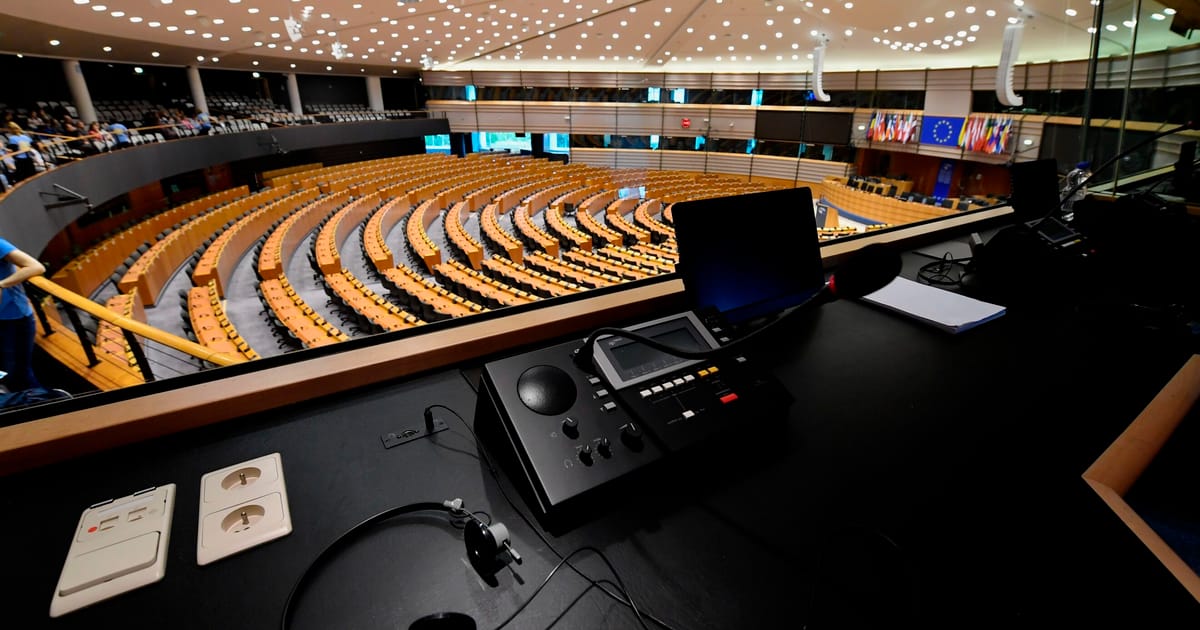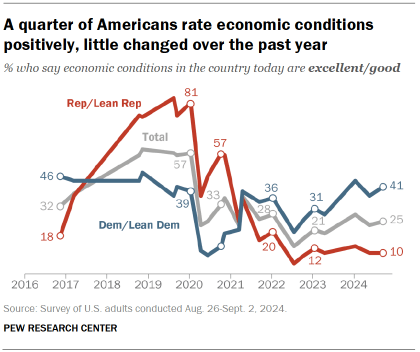BRUSSELS — The EU’s translation unit is doubling down on artificial intelligence.
For the first time, high-tech machines will translate press releases without any human oversight, in order to cut waiting time for journalists and expand the number of languages available to the public.
This marks a new frontier in the Commission’s drive to automate its translation department, one of the largest and oldest among the multilingual Brussels institutions.
The EU introduced machine translation decades ago to cope with an increasing bulk of legislation, resulting in fewer translators being hired.
This shift shrank the Commission’s dedicated translation unit by 17 percent over the last decade, despite an increase in workload from about 2 million pages in 2013 to 2.5 million in 2022, according to EU figures.
Commission spokesperson Eric Mamer announced Monday that, under a new pilot project, it will immediately publish automated translations, marked by a disclaimer, while a human version is in the works.
“This new tool will ensure that you have access to translations of our press material in the language of your choice faster, right from the moment of publication, and give you access to more translations in general,” Mamer told a daily media briefing.
“We will continue providing you with the human professional translation of our press material, which will replace machine translations as soon as they are available,” Mamer added.
The new system will allow immediate access to Commission press releases in all the EU’s 24 official languages, with the ultimate intent of expanding their reach.
Under the current system, EU staff and contractors translate press releases only in French, English, German and other languages relevant for the given subject matter.
While the pilot project applies only to a few policy areas, it might soon become the norm in the Brussels bubble.
“Currently, the spokesperson’s service is gathering feedback from journalists that will allow us to consider next steps of the pilot project,” Mamer added.
Automated translation has gradually penetrated the EU translators’ unit over the past years.
The bloc’s executive launched a new data-driven engine in 2013 — only to be replaced four years later by an even more sophisticated and better-performing translation system. That one uses an artificial neural network, or computer nodes in a structure that mimics neurons, to predict the sequence of words.
But translators insist that humans in the EU’s dedicated unit remain essential to spotting any mistakes and adapting machine-translated texts to EU lingo.




